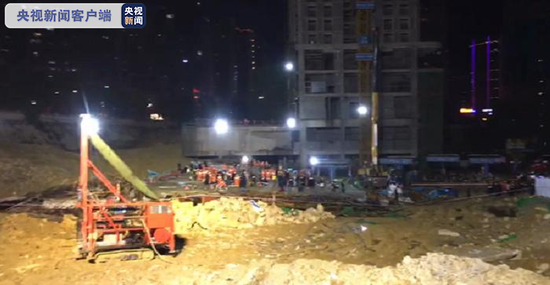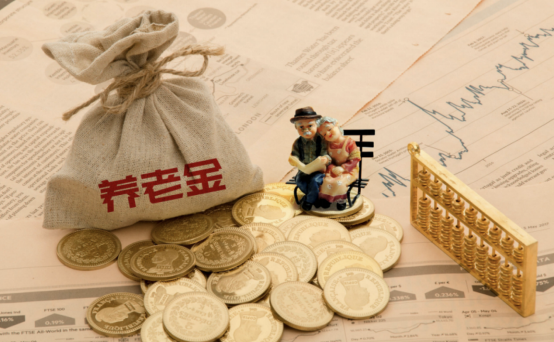2016 again experienced a restocking frenzy, after five years of dormancy. Some investors asked whether the 5-year hibernation would mean a stronger and longer restocking cycle. But we note that iron ore inventory at ports has reached new historic high. Even if inventory level can continue to pile up, its speed of rising will decelerate, and the strong momentum in commodities will likely wane consequently (Focus Chart 5).
China’s cyclical relative strength as a long leading indicator.
China’s cyclical relative performance peaked last summer; it suggests defensive rotation now.While the debate about the reflation trade intensifies, China’s cyclical sectors’ relative performance had already peaked last summer – at roughly the same time when the upstream iron ore cycle peaked around May 2016. This observation contradicts the general sense that cyclical sectors have outperformed. Given the close correlation of cyclical sectors’ relative strength with the economic cycle, this observation also suggests that the so-called “cyclical recovery” is probably a chimera, and the momentum in the current recovery is about to roll over.
Focus Chart 6: Relative performance of Chinese cyclical leads China/US 10y and US cyclical relative performance by ~9m.

Surprisingly, our research reveals that the relative performance of China’s cyclical tends to lead US cyclical sectors’ relative strength, and both US and China’s 10-year yield by around nine months (Focus Chart 6). The relative strength in Chinese cyclical over defensive measures the embedded investor expectation regarding growth outlook. It leads economic growth by around nine months as well. As China’s growth outlook fades, bond yields and foreign cyclical should fall. We believe that the momentum in the current cyclical upswing is waning. And so will the upward thrust in US and China’s 10-year yield.
转载请注明出处。
 相关文章
相关文章


 精彩导读
精彩导读

 热门资讯
热门资讯 关注我们
关注我们
